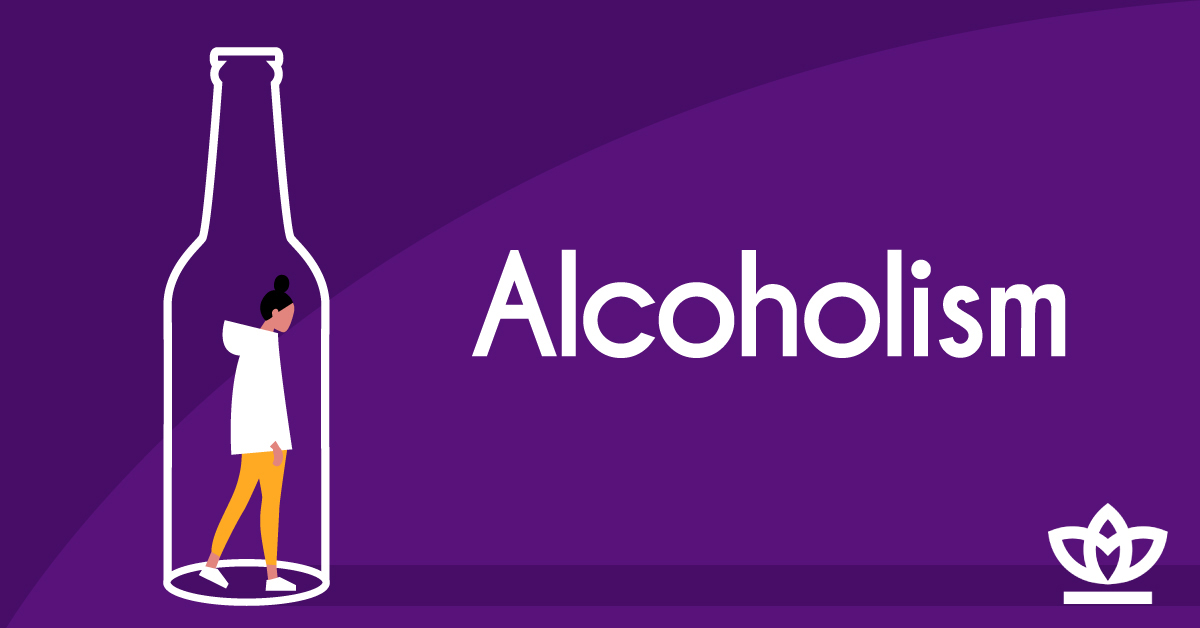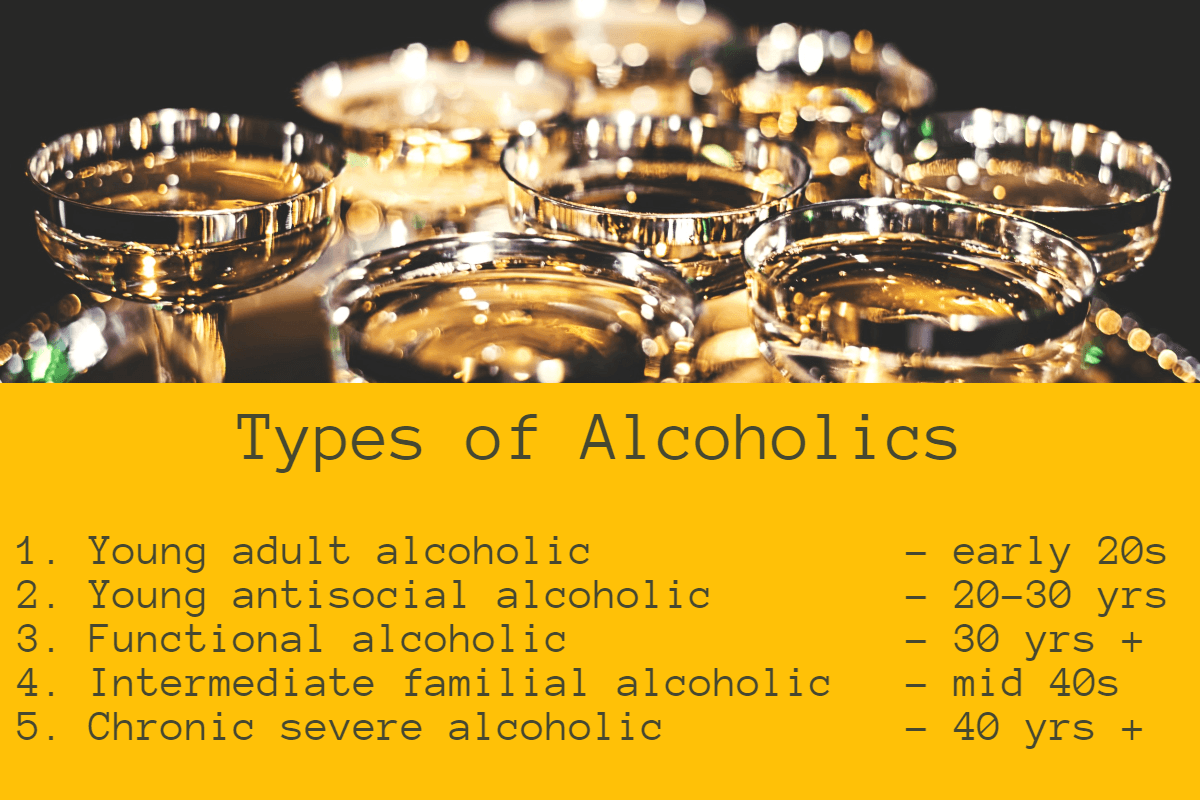Complete Guide on Alcoholism or Alcohol Abuse

The following blog has been reviewed by an expert. For more information, please see our editorial policy.
I am sure if you are a movie buff (Bollywood), then you must have seen pictures such as Udta Punjab (2016) and Kabir Singh (2019). Udta Punjab dealt with the theme of substance abuse widely prevalent in the state of Punjab. Likewise, in Kabir Singh, the protagonist, Kabir, is addicted to drinking and, as a result, suffers from several health, social, and psychological issues. This is a widespread problem commonly known as alcoholism or alcohol abuse.
In this guide by RehabPath, you will get information on the following sub-topics:
- What is alcoholism?
- Types of alcoholics
- Causes of alcoholism
- Symptoms of alcoholism
- Diagnosis of alcoholism
- Treatment of alcoholism
What Is Alcoholism?
Alcoholism, or more accurately known as alcohol use disorder (AUD), is a condition widely prevalent not just in India but also over the world. A person who is addicted to alcohol often loses his control. Most of the time, he needs medical attention to get over this problem; otherwise, it can lead to disastrous consequences. The consumption of alcohol is a significant risk factor for diseases, in particular non-communicable diseases and injuries.
According to the U.S. National Institute on Alcohol Abuse and Alcoholism (NIAAA), alcoholism, medically diagnosed as alcohol use disorder, is when one can no longer control their use of alcohol, compulsively abuses alcohol despite its negative ramifications, and experiences emotional distress when they are not drinking.
As per the National Institute of Health and Family Welfare in India, ‘Alcohol Use Disorder is the continuous use of alcohol despite evidence of harm and repeated attempts to cut down the use.’
As per a study published in the Lancet Journal, India’s annual consumption of alcohol increased by 38 percent between 2010 and 2017. The World Health Organization (WHO) aims to reduce the global consumption of alcohol by 10 percent by 2025. However, this target is difficult to achieve.
According to a WHO report published in 2018, Indians consumed on average 2.4 litres of alcohol per person in 2005, which increased to 4.3 litres in 2010 and increased to 5.7 litres in 2016. Consumption of alcohol in India is expected to reach 6.5 billion litres in 2020. This increase is being attributed to higher disposable income and expansion of the urban population in India.
Types of Alcoholics

People tend to think of a ‘typical alcoholic’ but researchers have identified five types of alcoholics:
- Young adult alcoholic
- Young antisocial alcoholic
- Functional alcoholic
- Intermediate familial alcoholic
- Chronic severe alcoholic
Let us study these briefly here.
1. Young adult alcoholic: This subtype includes college students who, to achieve higher studies, move away from home and encounter culture and environment, which often promotes and encourages drinking. This group generally includes those in their late teenage years and early 20s.
2. Young antisocial alcoholic: This subtype consists of young individuals who are above 20 years and less than 30 years of age. These individuals generally begin drinking at a very young age. They develop the tendency of binge drinking (intake of a large amount of alcohol in a short period) and heavy drinking, and many suffer from several additional mental health disorders.
3. Functional alcoholic: This subtype is generally successful in his personal and professional life. He can lead a stable life wherein the problem of alcohol addiction seems unlikely to others. This type generally consists of individuals who are above 30 years of age and less than 40. They are well-educated and know how to segregate their habit of drinking from the rest of their life. They are also less likely to accept the fact that they suffer from alcohol addiction.
4. Intermediate familial alcoholic: This subtype includes middle-aged individuals, and they generally have a family history of drinking. They have also been found to be addicted to smoking and marijuana and cocaine. Studies show that nearly half of these intermediate familial alcoholics have suffered from clinical depression in their lives at some point in time.
5. Chronic severe alcoholic: Chronic severe alcoholics are those who started drinking at an early age and have been dealing with alcohol-related issues since then and have now reached middle age. They have a genetic history of drinking and other substance abuse. This type seems to suffer the most in terms of loss of relationships, problems at the workplace, health-related issues, and so forth. They are the most in need of treatment to overcome their addiction to alcohol.
Note: People suffering from Alcoholism also have a high risk of falling victim to alcohol poisoning.
Causes of Alcoholism
Given the above discussion, it becomes vital to understand the causes of alcoholism, that is alcohol use disorder (AUD). This condition is usually caused by a combination of social, environmental, psychological, or genetic factors.
Socially, drinking is considered to be a high-class activity and becomes one of the ways of mingling with a group of friends. Psychologically, people drink to relieve stress, not knowing the fact that it leads to long-term damage. Moreover, studies have found that genes are also associated with addiction to alcohol.
Some might be affected by alcohol later in life than others. Also, it has been studied that drinking alcohol regularly leads to altered brain functioning. This might lead to a cycle of drinking wherein the individual drinks, perhaps to satisfy cravings or to feel happier, despite knowing negative consequences. Then, when the individual tries to restrict his drinking, he experiences withdrawal symptoms which makes him drink again to relieve those uncomfortable symptoms.
Let us now study some of the common causes of alcoholism.
1. Stressful environment: Jobs can be extremely stressful. For example, jobs dealing with clients or essential services (such as banks, police, doctors) can put pressure and stress on a person every day. Add any stress from relationships and family, or perhaps the death of a loved one, and life can feel overwhelming. To mitigate their anxiety, some resort to drinking, which may give a good feeling for a short period, but one could continue to drink more and more because the source of their anxiety has not been addressed. This, in turn, can lead to heavy drinking and alcohol dependence. So to relieve and cope with stress, one should rely on healthy methods, such as physical exercise (walking, yoga) or reading a book.
2. Early age alcohol use: Studies show that our habits nurtured at the time of birth continue with us throughout our lives. This is often the reason why parents instill good habits among their children. Likewise, a child who gets used to drinking finds it extremely difficult to get rid of this problem later in his life. Hence, one of the common causes of alcohol addiction is the habit of drinking implanted in an individual at an early age.
3. Mental health issues: Sometimes people suffering from mental health issues, such as anxiety, depression, and other behavioural disorders, tend to ‘self-medicate’ by drinking to overcome their feelings. Alcohol seems to ease their condition temporarily, either deriving feelings of pleasure and happiness or numbing emotions. This drinking pattern can easily lead to alcohol addiction.
4. Family history of AUD: If even one of the parental figures (i.e. parent, grandparent, older sibling) has a drinking problem, then children are more likely to have one as well. This is due to both biological and environmental factors, but it does not mean that the child will always become addicted to drinking. Genetics can increase the predisposition for addiction. Also, if the child is groomed in an environment that favors drinking and has become stressful due to the consequences of their parent’s drinking, then their risk for AUD is often increased.
Symptoms of Alcoholism
There are numerous signs and symptoms of alcohol use disorder. Let us study a few of them.
- Primarily, you are unable to limit or control alcohol intake.
- You feel strong urges, or cravings, to drink.
- You begin to drink all alone or drink in hiding.
- You begin to exhibit physical withdrawal symptoms such as sweating, nausea, and disorientation when you do not drink or delay in drinking as per your usual time.
- You tend to lose interest in activities you once enjoyed.
- You feel irritation when your typical drinking time comes close, but alcohol is not available.
- You also begin to experience problems in relationships either with your family members or at the workplace.
Diagnosis of Alcohol Use Disorder
If you have a drinking problem, you might not realize the same, but you must listen to your family members and co-workers. When your family members identify this condition in you, it becomes imperative for you to visit a doctor and get your condition diagnosed.
The doctor will discuss this condition with you and may conduct some medical tests as well as physically examine you to assess the extent of negative effects regular alcohol use has had on your body. The doctor might do a blood test to determine the condition of your liver. Individuals with drinking problems generally suffer from liver damage, and possibly liver disease. Other health complications associated with drinking include depression, high blood pressure, nerve damage, damage of brain cells, vision change, memory loss, and inflammation of the pancreas. Alcohol consumption by pregnant women can lead to miscarriage or to physical and developmental problems in the child.
Treatment of Alcoholism
What steps can be taken to mitigate and eventually end this problem of drinking?
The treatment of AUD can include numerous steps which should be rigorously adhered to. This is classified into immediate goals, short-term goals, and long-term goals:
- Immediate goals often require complete detoxification.
- Short-term goals typically require the management of medical facilities and joining with family members.
- Long-term goals generally require individuals to join back with their family members and improve their quality of life.
In case your addiction to alcohol is severe, you might have to be hospitalized to get proper medication and care. This will provide you full support and attention, which you need during alcohol withdrawal. Once you have passed through acute withdrawal, you may be ready to leave and accordingly take medication to continue your treatment.
Let us study about the treatment here.
- In the initial stage, a health professional may speak about the consequences of alcohol abuse and try to motivate and encourage the individual to start treatment. The medicine that may be given during this time is disulfiram (250 mg per day). Naltrexone (50 mg per day) is often given when the patient has a family history of alcohol addiction.
- The second stage is that of detoxification. This typically includes complete body check-up, and then as per the medical records, a set of medicines is prescribed along with providing proper nutrition and rest. Acamprosate (333 mg) may be prescribed at this stage, and this medicine is taken about 3 times per day.
- Treatment is much more than medication, however. You need to rehabilitate so that you learn new skills and ways of coming out of this condition and prevent any relapse. You need to identify the triggers which can lead to relapse and learn strategies for dealing with it. For instance, you might experience craving at a particular time of the day, so a strategy may be to set a routine where you exercise or spend time on a hobby at that time of the day.
- Receiving counseling can significantly help resolve your social and emotional problems, which likely instigated you to drink and may cause relapse if left unaddressed.
- E-health interventions also play a role in dealing with the problem of drinking. These interventions facilitate in understanding the behavioural changes associated with alcohol addiction and accordingly suggest the measures to be taken to tackle it. These measures include self-tests, feedback, monitoring consumption of alcohol, and physical exercises.
Prevention is powerful in saving a person, their family and society from the damaging effects of alcoholism. You must prevent your body from reaching this disorder by, for example, limiting the number of drinks and recognizing early if your drinking patterns change—either in number or frequency or in motivation (e.g. as a way to cope with emotions). Women should not have more than 1 drink a day, and men should not drink more than 2 glasses per day. Although the recommended limits are presented by day, it is not recommended to drink daily either. This will not only benefit you, but will be beneficial for your future generations as well.
The government has undertaken several measures to restrict the use of alcohol and other substance abuse, such as imposing taxes. However, a general awareness among the public about the ill effects of alcohol use disorders is important to help people prevent them and get proper treatment for recovering from them.
















